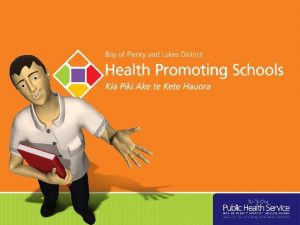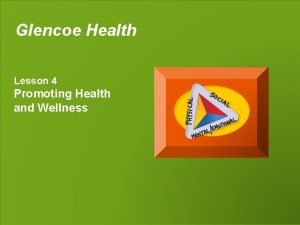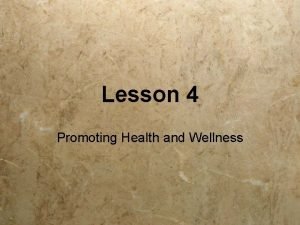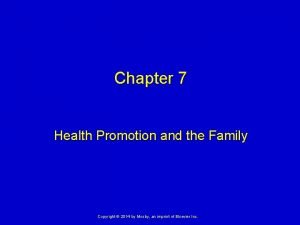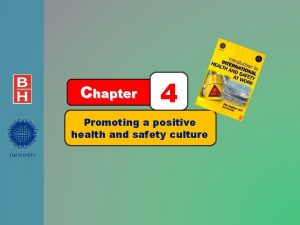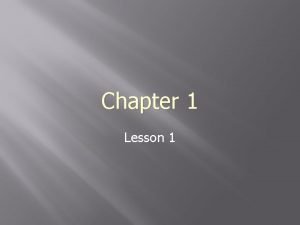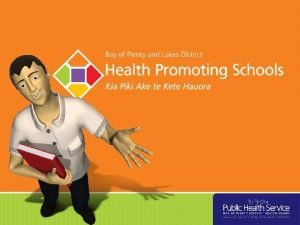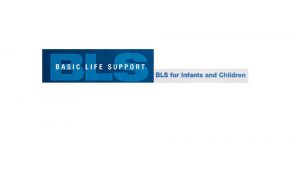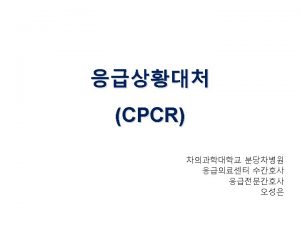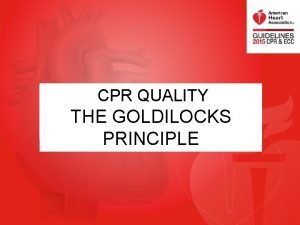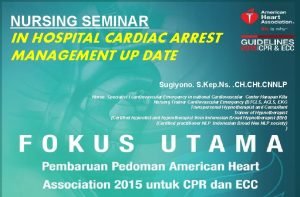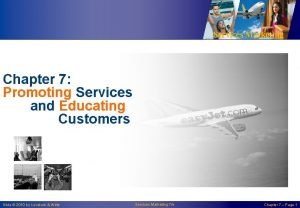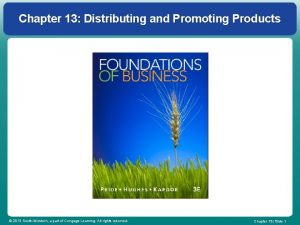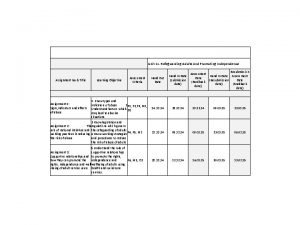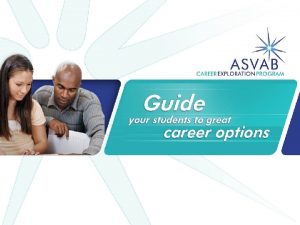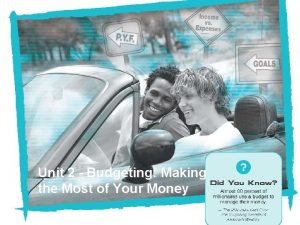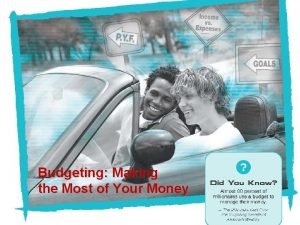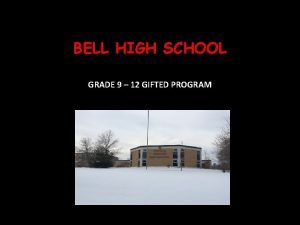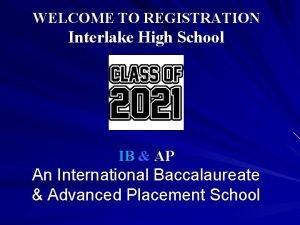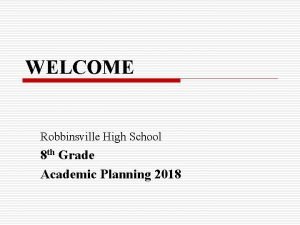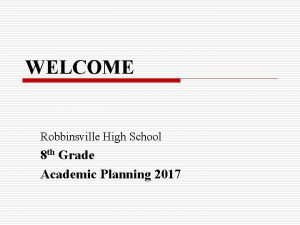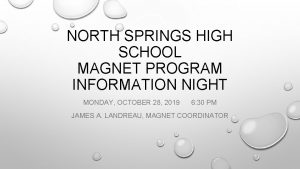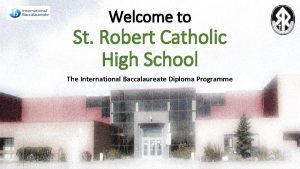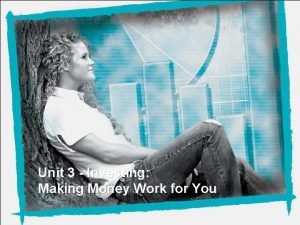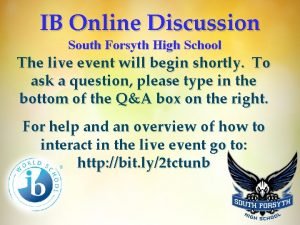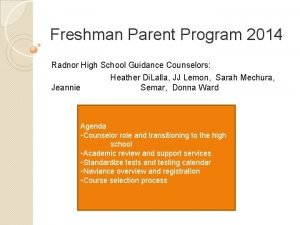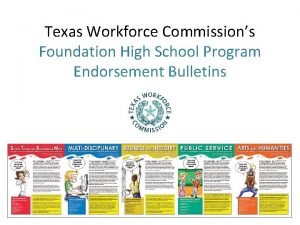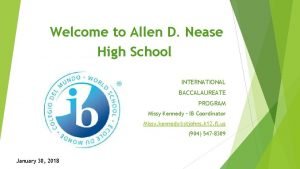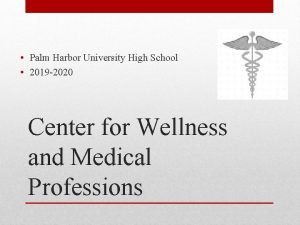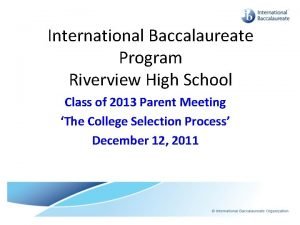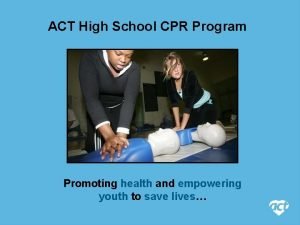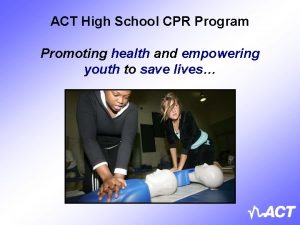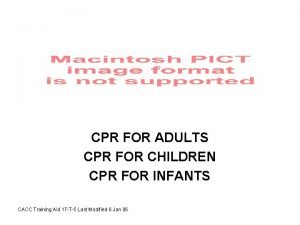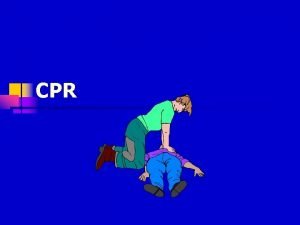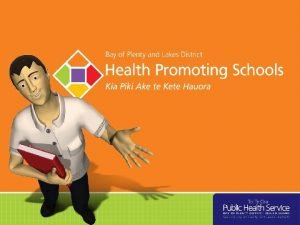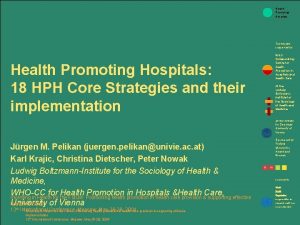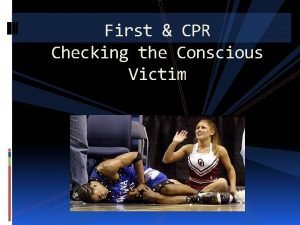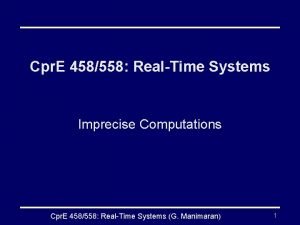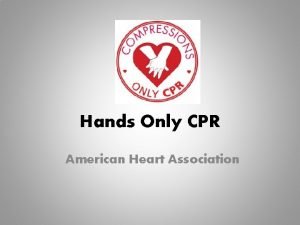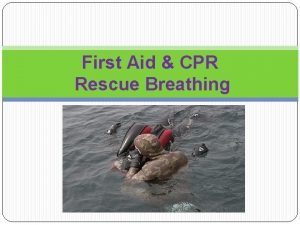ACT High School CPR Program Promoting health and











































- Slides: 43

ACT High School CPR Program Promoting health and empowering youth to save lives…

Welcome to CPR ! ! ! Brought to you by: • Your teacher • Your school • Your community • The ACT Foundation (Advanced Coronary Treatment Foundation)

What is the ACT Foundation? ACT… • Fundraises for mannequins for schools. • Brings CPR to all schools. • Is partnered nationally with research-based pharmaceutical companies who support ACT’s Canada-wide goal for CPR in schools: Ø Astra. Zeneca Ø Bristol-Myers Squibb Canada Ø Pfizer Canada Ø sanofi-aventis Visit ACT! www. actfoundation. ca

Why Do I Need To Learn CPR? The first link in the Chain of Survival* begins with YOU! * © Reproduced with the permission of the Heart and Stroke Foundation of Canada, 2005. The Chain of Survival™ is a trade-mark of the Heart and Stroke Foundation of Canada. See page 3, Student Manual Visit ACT! www. actfoundation. ca

R E S C U E S Ela saved her mother’s life when she had a heart attack. Ross (left) saved Arnie’s life when he had a cardiac arrest. Suzy saved her brother’s life when he was choking. Kevin saved his father’s life when he was choking.

What you’re going to learn… The 4 R’s … Risk Recognize React Resuscitate See page 3, Student Manual

But first…. The Heart and When it Breaks What is a Heart Attack? The death segment of heart muscle caused by the loss of blood supply. (Loss/lack of oxygen to the heart. ) Heart Lungs Spine See page 4, Student Manual

The Heart and When it Breaks What is Cardiac Arrest? A sudden, sometimes temporary, cessation of function of the heart What is CPR? Cardio Pulmonary Resuscitation What is Defibrillation? Administering a controlled electric shock to allow restoration of the normal heart rhythm See pages 4 -5, Student Manual

And … What is a Stroke? A stroke occurs when the blood supply to your brain is interrupted or reduced. This deprives your brain of oxygen and nutrients, which can cause your brain cells to die. What is Angina? Chest pain or discomfort that occurs in an area of your heart muscle when it does not receive enough oxygen See page 5, Student Manual

And now, the 4 Rs… RISK FACTORS

RISK FACTORS Smoking • Leading cause of heart disease in Canada • Causes lung cancer • Second-hand air pollution • Stinky breath Copyright © Province of British Columbia. All rights reserved. Reprinted with permission of the Province of British Columbia. www. ipp. gov. bc. ca See page 6, Student Manual

RISK FACTORS Anatomy of a Cigarette Image courtesy of Thompson Educational Publishing, Inc.

RISK FACTORS High Blood Cholesterol • Too much cholesterol can cause heart disease or stroke • Means lots of fat in the blood • Some fat is produced by the body; other fat comes from food • What you can do: Eat vegetables, fruits & grain products; reduce fat in diet; exercise! See page 6, Student Manual

RISK FACTORS High Blood Pressure • Can damage your heart and blood vessels • Increases chances of a heart attack or stroke • Heart has to work harder • Some causes: hereditary, diet, stress • Get it checked regularly! Blood pressure cuff See page 6, Student Manual

RISK FACTORS Diabetes • Affects the level of sugar and fat in your blood • Eat properly, follow doctor’s instructions See page 6, Student Manual

RISK FACTORS Obesity and Lack of Exercise • Obesity: Heart has to pump harder all the time to move blood around • Exercise: Your heart is a muscle - it works better if you keep fit & active! See page 6 -7, Student Manual

RISK FACTORS Stress • Affects the body in very physical ways • Stress over a long period of time can cause body to break down • Heart problems may result See page 7, Student Manual

RISK FACTORS Summary Smoking High Blood Cholesterol High Blood Pressure Diabetes Obesity / Lack of Exercise Stress See page 6 -7, Student Manual

The 4 Rs… RISK FACTORS RECOGNIZE

Recognize Signals of a Heart Attack – “ 5 Ps” Pain Pale skin Puffing Pooped Puking See page 8, Student Manual

Recognize Signals of a Stroke oke? r t S a t Suspec g: in Try ask u… Can yo ? s? • Smile m r a h t bo nce? e e t s i n a e s R • ple m i s a k • Spea • Paralysis of the face, arm or leg • Weakness, numbness, or tingling in the face, arm or leg • Dizziness • Sudden headache See page 8, Student Manual

The 4 Rs… RISK FACTORS RECOGNIZE REACT

REACT Hazards and Holler !! CALL 9 -1 -1 an e l t t i l da “PLT” Position Loosen clothing Talk, reassure See page 9, Student Manual

REACT Be Visible with Information Medications Allergies Flash ‘em! See page 9, Student Manual

The 4 Rs… RISK FACTORS RECOGNIZE REACT RESUSCITATE

RESUSCITATE As simple as ABC & D! Airway Breathing Circulation Defibrillation See page 10, Student Manual

RESUSCITATE One Rescuer CPR – Adult Step 1. Check for hazards Step 2. Assess responsiveness Step 3. Call 9 -1 -1 See page 11, Student Manual

RESUSCITATE One Rescuer CPR – Adult Step 4. Open the airway Step 5. Check for breathing See page 11, Student Manual

RESUSCITATE One Rescuer CPR – Adult Step 6. Give 2 breaths if the person is not breathing normally See page 12, Student Manual

RESUSCITATE One Rescuer CPR – Adult Step 7. Landmark for chest compressions Step 8. Give 30 compressions and 2 breaths See page 12 -13, Student Manual

RESUSCITATE Remember: 30 and 2 is what you do. Rock ‘em till someone can SHOCK ‘EM…! See page 13, Student Manual

RESUSCITATE Choking – Adult Conscious Step 1. Assess the airway blockage Step 2. Holler for help See page 14, Student Manual

RESUSCITATE Choking – Adult Conscious Step 3. Give abdominal thrusts Step 4. Repeat abdominal thrusts See page 14, Student Manual

RESUSCITATE Choking – If the Choking Person Becomes Unconscious Step 1. Call 9 -1 -1 Step 2. Open the mouth and look for the obstruction See page 15, Student Manual

RESUSCITATE Choking – If the Choking Person Becomes Unconscious Step 3. Open the airway Step 4. Try to give a breath See page 15, Student Manual

RESUSCITATE Choking – If the Choking Person Becomes Unconscious Step 5. If the chest does not rise, landmark and give 30 chest compressions See page 15, Student Manual

RESUSCITATE Choking – If the Choking Person Becomes Unconscious Step 6. Open the mouth and look for the obstruction Step 7. Repeat sequence of chest compressions See page 15, Student Manual

RESUSCITATE Choking – Adult Found Unconscious Step 1. Check for hazards Step 2. Assess responsiveness Step 3. Call 9 -1 -1 See page 15 -16, Student Manual

RESUSCITATE Choking – Adult Found Unconscious Step 4. Open the airway Step 5. Check for breathing See page 16, Student Manual

RESUSCITATE Choking – Adult Found Unconscious Step 6. Try to give a breath Step 7. Landmark and give 30 chest compressions Step 8. Open the mouth and look for the obstruction See page 16, Student Manual

RESUSCITATE Choking – Adult Found Unconscious Step 9. Repeat sequence of chest compressions Recovery Position: See page 16, Student Manual

LIFESAVER AWARDS PROGRAM RESCUES … Rescued someone? Know someone who has? TELL US! 1 -800 -465 -9111 ● act@actfoundation. ca www. actfoundation. ca

CLOSING NOTES… Over 1 million youth across Canada have been trained in CPR through the ACT High School CPR Program. You are part of something big – VERY big!
 Health promoting school
Health promoting school Glencoe health and wellness
Glencoe health and wellness Lesson 4 promoting health and wellness
Lesson 4 promoting health and wellness Lesson 4 promoting health and wellness
Lesson 4 promoting health and wellness Chapter 7 promoting health and wellness
Chapter 7 promoting health and wellness Promoting a positive health and safety culture
Promoting a positive health and safety culture Health and wellness vocabulary
Health and wellness vocabulary Promoting infant health section 7-2
Promoting infant health section 7-2 Health promoting schools model
Health promoting schools model Cpr objectives
Cpr objectives Push hard push fast fully recoil
Push hard push fast fully recoil Cpr routine
Cpr routine Gambar ekg ventrikel takikardi
Gambar ekg ventrikel takikardi Promoting services and educating customers
Promoting services and educating customers Chapter 13 distributing and promoting products
Chapter 13 distributing and promoting products Promoting services and educating customers
Promoting services and educating customers Unit 11 safeguarding adults and promoting independence
Unit 11 safeguarding adults and promoting independence Macbeth summary
Macbeth summary National program list
National program list Unionville high school principal
Unionville high school principal Asvab summary results
Asvab summary results Asvab career exploration program for high school students
Asvab career exploration program for high school students High school financial planning program answer key
High school financial planning program answer key High school financial planning program answer key
High school financial planning program answer key Bell high school gifted program
Bell high school gifted program Interlake high school ib program
Interlake high school ib program Robbinsville high school program of studies
Robbinsville high school program of studies Robbinsville high school program of studies
Robbinsville high school program of studies North springs high school magnet program
North springs high school magnet program Interlake high school course catalog
Interlake high school course catalog Rtsd naviance
Rtsd naviance St. robert catholic high school ib registration
St. robert catholic high school ib registration Nefe high school financial planning program answers
Nefe high school financial planning program answers South forsyth high school ib program
South forsyth high school ib program Radnor high school hac
Radnor high school hac Career orientation for high school students
Career orientation for high school students Foundation high school program with endorsement
Foundation high school program with endorsement Ib hexagon
Ib hexagon Allen d nease high school
Allen d nease high school Juanita montoya yale
Juanita montoya yale Palm harbor university high school medical program
Palm harbor university high school medical program Nefe high school financial planning program answers
Nefe high school financial planning program answers Riverview high school ib program
Riverview high school ib program Mojdeh abtahi
Mojdeh abtahi
